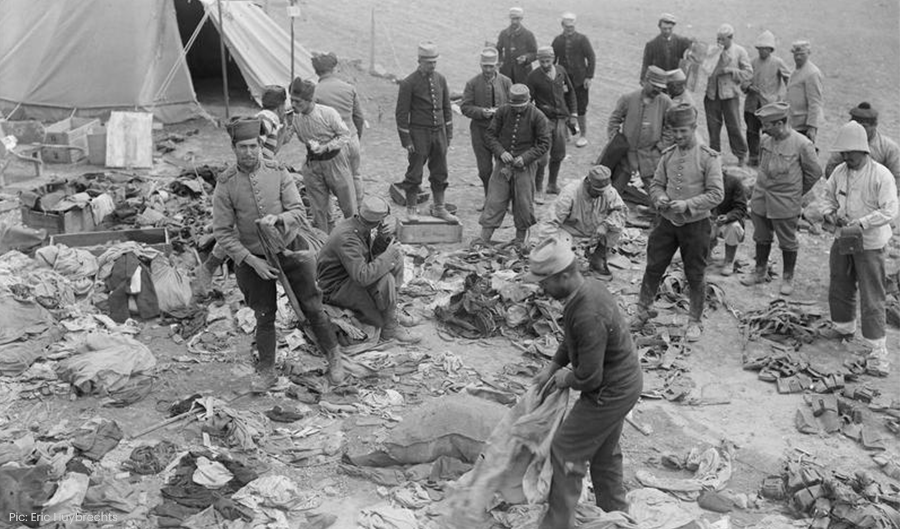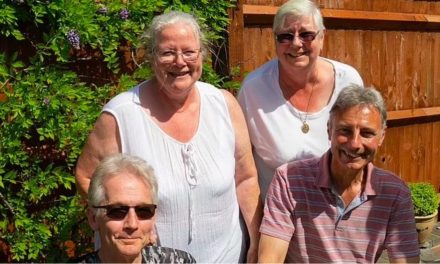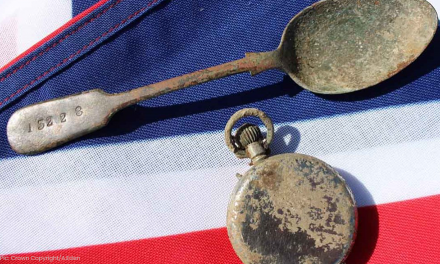The remains of seventeen french soldiers who fought in World War 1 at the site of Gallipoli have been discovered and reburied.
The soldier’s were found during restoration work on buildings on Turkey’s northwestern Canakkale Peninsula. They were reburied at the Seddulbahir French cemetery on Sunday (April 24th) a day before the official ‘ANZAC DAY’ when Australians and New Zealander’s commemorate their own involvement with the Gallipoli campaign. The actual campaign on Gallipoli began on the 25th April 1915.
Cpl. Paul Roman, of the 1st Engineers Regiment — is the only one of the seventeen men to have been formally identified. However, the tombstones of three other soldiers were located at the same time as the bodies – Cmdr. Galinier of the 58th Colonial Infantry Regiment, and Capt. Stefani and 2nd Lt. Charvet of the 4th Zouaves.
The Zouaves were a class of light infantry regiments of the French Army serving between 1830 and 1962 and linked to French North Africa. The Gallipoli campaign was intended to force Germany’s ally, Turkey, out of the war. It was a costly failure for the Allies: 44,000 Allied soldiers died, including more than 8700 Australians and 2779 New Zealanders. An estimated 10,000 French soldiers were killed and 17,000 wounded. 86,000 Ottoman soldiers also died in the fighting.
Picture: THE GALLIPOLI CAMPAIGN, APRIL 1915-JANUARY 1916. Men of the French Foreign Legion and French Zouaves (actually Chasseurs d’Afrique) seen in camp at Sedd el Bahr, sorting out salvaged kit and equipment.
Read More: AP




